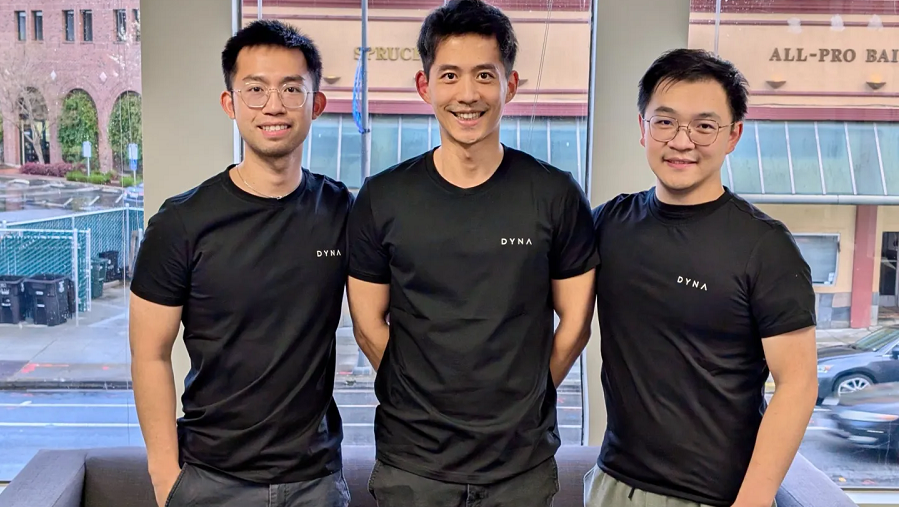 AI
AI
 AI
AI
 AI
AI
Startup Dyna Robotics Inc. today detailed DYNA-1, an internally developed artificial intelligence model for powering robots.
The algorithm’s debut comes a month after the company launched with $23.5 million in funding. Dyna is led by Chief Executive Officer Lindon Gao, who previously co-founded retail technology provider Caper Inc. The latter startup, which developed a cashierless checkout system for stores, was acquired by Instacart Inc. in 2021 for $350 million.
Dyna is developing an automation system that comprises two robotic arms placed next to one another. The company envisions it being used by restaurants, grocery stores and other businesses to automate repetitive tasks. DYNA-1, the AI model that the company debuted today, is designed to power its robotic arms.
To operate in a cost-efficient manner, a robot must be capable of reliably repeating the same task for an extended period of time. According to Dyna, many AI models struggle to do so. They often encounter errors a few hours into a shift, which requires a human to manually perform troubleshooting. That increases costs and leads to maintenance-related downtime that decreases the robot’s output.
Dyna says DYNA-1 can operate for extended time periods more reliably than earlier algorithms. In an internal test, a pair of robotic arms powered by the AI folded more than 700 napkins over a 24-hour period. According to Dyna, DYNA-1 achieved an accuracy rate of more than 99.4% and didn’t require any human intervention.
“Napkin folding presents a unique set of difficulties, including the nontrivial task of precisely extracting a single napkin from a stack and the ability to recover when multiple napkins are inadvertently pulled,” Dyna staffers wrote in a blog post.
The company developed DYNA-1 using an industry-standard method known as reinforcement learning. In a reinforcement learning project, engineers give an AI a set of training tasks similar to the ones it will be expected to perform for users. Every time the model completes a task, it receives feedback that helps it improve. This feedback is usually generated with the help of an algorithm known as a reward model.
Dyna developed a custom reward model to train DYNA-1. According to the company, it’s better than earlier algorithms at determining whether AI models complete sample tasks accurately during training. This allows the reward model to provide the AI models with higher-quality feedback, which in turn helps boost their output quality.
The technology also provides other benefits. In internal tests, the company determined that the skills DYNA-1 developed while being trained to fold napkins can be partly applied to “other complex manipulation tasks such as laundry folding and cup-filling.” Additionally, robots powered by model can be deployed in new environments with less manual reconfiguration than would usually be required.
“Through its extensive runtime experience, DYNA-1 has encountered and learned from an immense variety of distinct actions and their consequences, guided by our reward model,” Dyna staffers detailed. “This has enabled it to successfully apply its napkin folding skill in a real customer environment without any prior training in that specific setting.”
AI-powered robots can cost hundreds of thousands of dollars. In March, Fortune reported that Dyna plans to sell its hardware for an order of magnitude less.
Support our mission to keep content open and free by engaging with theCUBE community. Join theCUBE’s Alumni Trust Network, where technology leaders connect, share intelligence and create opportunities.
Founded by tech visionaries John Furrier and Dave Vellante, SiliconANGLE Media has built a dynamic ecosystem of industry-leading digital media brands that reach 15+ million elite tech professionals. Our new proprietary theCUBE AI Video Cloud is breaking ground in audience interaction, leveraging theCUBEai.com neural network to help technology companies make data-driven decisions and stay at the forefront of industry conversations.